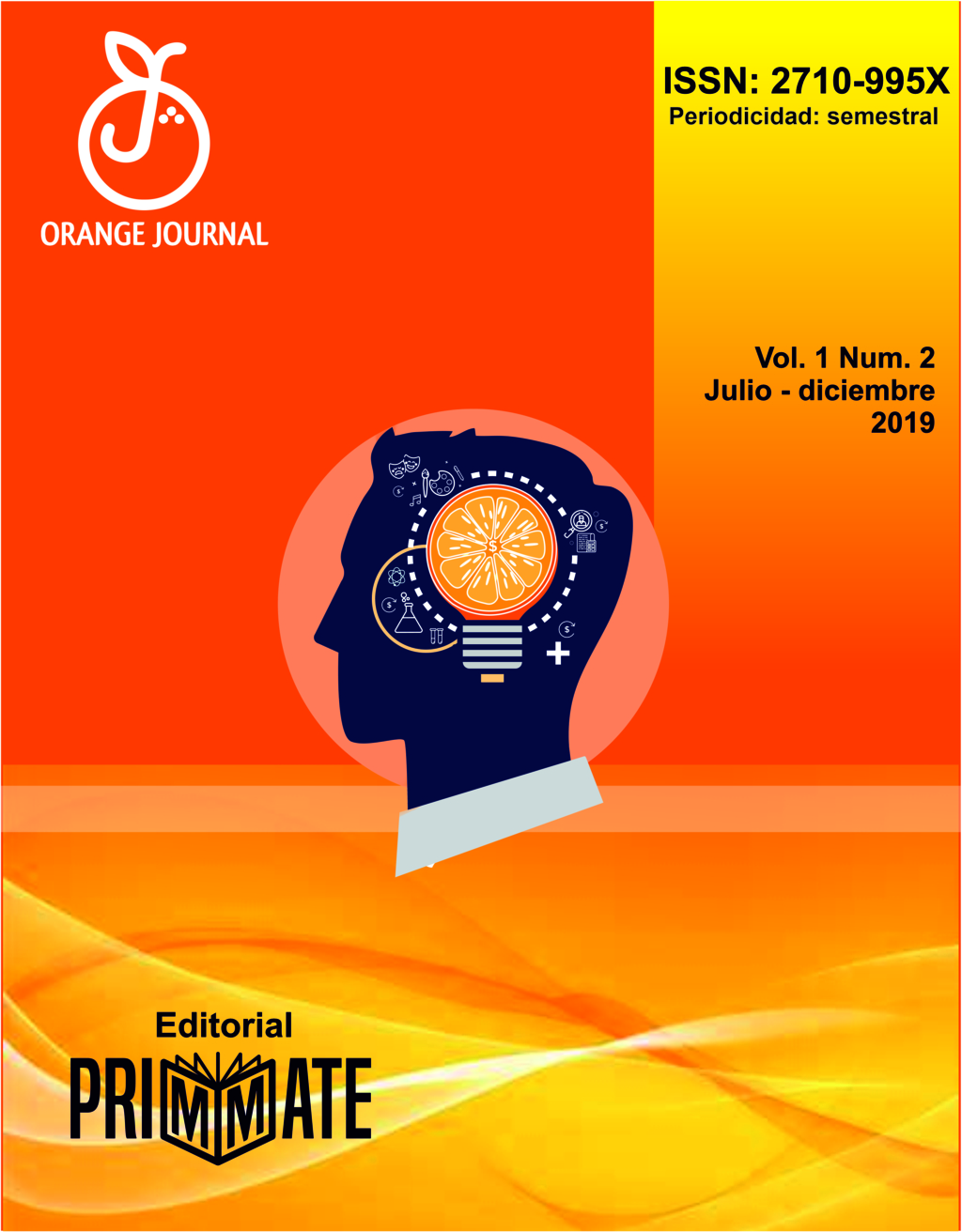Epidemiological situation of Chikungunya fever in a Brazilian border municipality, from June 2014 to August 2016
Keywords:
Chikungunya fever, Frontier, Epidemiology Summary.Abstract
Chikungunya fever was described during an epidemic in Asia in 1953. After its identification, it was possible to say that it was a CHIKV virus belonging to the genus Alfhavirus, of the Togaviridae family. Its transmission occurs through the bite of the infected Aedes mosquito, with A. aegypti and A. albopictus being the main vectors responsible for its spread. When infected, individuals may develop the following signs and symptoms: fever, joint and muscle pain, headache, nausea, fatigue and rashes and may progress to subacute and chronic phases of the disease, as well as being asymptomatic in several situations. It is a descriptive study, with a quantitative approach to be developed with secondary data from the Notifiable Diseases Information System. An analysis of the epidemiological situation of the disease was carried out in the period of June 2014 - when the first cases were diagnosed in the city and in Brazil. The main objective of the work is to describe the epidemiological situation of Chikungunya Fever in the municipality of Oiapoque, from June 2014 to August 2016. In general, we can say that the control of chikungunya like any other endemic disease is a very difficult action to be executed, since they invade a place without prior notice, especially when it comes to places where the movement of people from many places and countries is very frequent, especially in the case of border municipalities, where climatic factors are favorable to the spread mosquito vector of chikungunya.
Downloads
References
Bispo de Filippis, A.M e Lupi, O. (2015). “Agência Fiocruz de Notícias - Chikungunya”. Agência Fiocruz de Notícias. Recuperado de https://agencia.fiocruz.br/chikungunya
Campos, R.K., Vieira, R.C., Maniva, S.J., e Oliveira de, I.C. (2020). “Manejo Clínico Da Suspeita de Febre de Chikungunya: Conhecimento de Profissionais de Saúde Da Atenção Básica”. Rev. Pesqui. (Univ. Fed. Estado Rio J., Online) 12, 246–51.
Feitosa, M.C., Leite, P.H., Costa, J.H. and Hokerberg, Y.H. (2020). “Avaliação da qualidade metodológica de diretrizes de vigilância e manejo clínico de dengue e chikungunya”. Cadernos de Saúde Pública, 36(7). Doi: 10.1590/0102-311x00050919.
IBGE. (2015). “IBGE | Séries Estatísticas & Séries Históricas | população e demografia | características gerais da população | População residente, por cor ou raça | 2001-2015”. Pesquisa Nacional por Amostra de Domicílio 2001-2015. Recuperado de https://seriesestatisticas.ibge.gov.br/series.aspx?vcodigo=PD336.
Lima-Camara, T.N. (2016). “Emerging arboviruses and public health challenges in Brazil”. Revista de Saúde Pública, 50(36). Doi: 10.1590/S1518-8787.2016050006791.
Marques, C.D., Pinto Duarte, A.L., Ranzolin, A., Dantas, A. e Christopoulos, G. (2017). “Recommendations of the Brazilian Society of Rheumatology for Diagnosis and Treatment of Chikungunya Fever. Part 1 - Diagnosis and Special Situations”. Rev. Bras. Reumatol, Vol 57, 421–37.
Messias da Silva, N., Teixeira, R.A., Gomes, C., Siqueira J.B., Coelho, G.E e Fernandes, E.S. (2018). “Vigilância de chikungunya no Brasil: desafios no contexto da Saúde Pública”. Epidemiologia e Serviços de Saúde, 27(3), e2017127. Doi: 10.5123/s1679-49742018000300003.
Ministerio da Saúde. (2014). “Plano de Contingência Nacional para a Febre de Chikungunya”. 50. http://bvsms.saude.gov.br/bvs/publicacoes/plano_contingencia_nacional_febre_chikungunya.pdf
Ministerio da Saúde. (2017). “Chikungunya Manejo Clinico”. Ministério da Saúde. Recuperado de https://pt.scribd.com/document/380688251/Chikungunya-Manejo-Clinico-Jun2017.
OPAS/OMS. (2015). “OPAS/OMS Brasil - OPAS/OMS e o CDC lançam a publicação ‘Preparação e resposta ante a eventual introdução do vírus Chikungunya nas Américas’ https://www.paho.org/bra/index.php?option=com_content&view=article&id=3497:opas-oms-e-o-cdc-lancam-a-publicacao-preparacao-e-resposta-ante-a-eventual-introducao-do-virus-chikungunya-nas-americas-3&Itemid=812
OPAS/OMS. Pan American Health Organization / World Health Organization. Recuperado 20 de janeiro de 2021 https://www.paho.org/bra/index.php?option=com_content&view=article&id=3497:opas-oms-e-o-cdc-lancam-a-publicacao-preparacao-e-resposta-ante-a-eventual-introducao-do-virus-chikungunya-nas-americas-3&Itemid=812
Tauil, P.L. (2014). “Condições para a transmissão da febre do vírus chikungunya”. Epidemiologia e Serviços de Saúde, 23(4), 773–74.
Zara, A.L., dos Santos, S.M., Fernandes-Oliveira, E.S., Carvalho, R., e Coelho, G.E. (2016). “Aedes aegypti control strategies: a review”. Epidemiologia e Serviços de Saúde, 25(2), 391–404. Doi: 10.5123/s1679-49742016000200017.










